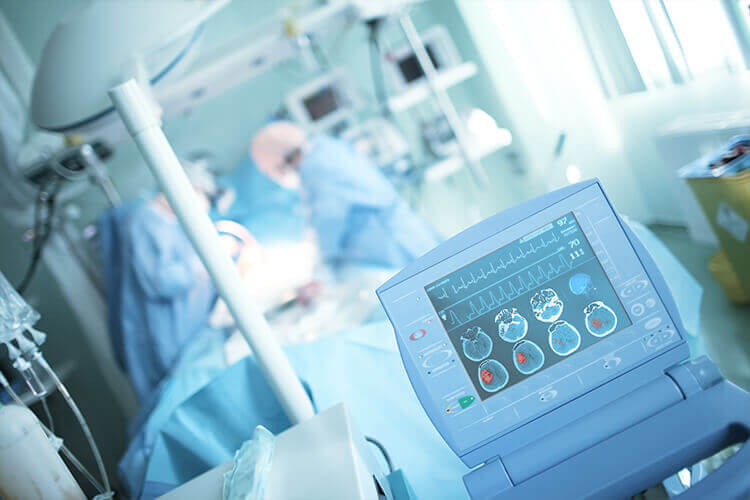
The Intraoperative Neuromonitoring System represents a groundbreaking advancement in spinal surgeries, such as scoliosis, kyphosis, and kyphoscoliosis, by significantly minimizing the risks of paralysis and other spinal cord injuries. Although a relatively new technology, it has quickly become a source of reassurance for patients undergoing these complex procedures.
Spinal surgeries, including scoliosis and kyphosis procedures, carry a high degree of risk and can dramatically impact a patient's quality of life. However, with the recent advancements in medical technology, the Neuromonitoring System has emerged to offer patients increased peace of mind during their surgical journey.
The Neuromonitoring System involves a sophisticated process that assesses the proximity of implants to the spinal cord during surgery and detects any potential damage to the neural system. During the operation, the patient is subjected to harmless electrical stimulation, and data is collected through electrodes placed on the patient's head, arms, and legs. This data is continuously monitored, allowing for early detection of any issues and immediate alerts to the surgeon during the procedure. As a result, the surgeon can proceed with the operation confidently and safely.
The Neuromonitoring System provides clear monitoring of the implants used in surgery and tracks their movements. Additionally, it enables integrity tests to ensure the well-being of the patient's neural system throughout the operation. Close coordination between the Neuromonitoring technician and the anesthetist is vital to continuously inform the surgeon about the gathered data, optimizing the surgical outcome.
Overall, the Neuromonitoring System has revolutionized spinal surgeries, enhancing safety measures and significantly reducing the risk of paralysis and spinal cord injuries. Patients can now approach these transformative operations with greater confidence and hope for a successful outcome.
Take this test now to find out your risk of scoliosis!